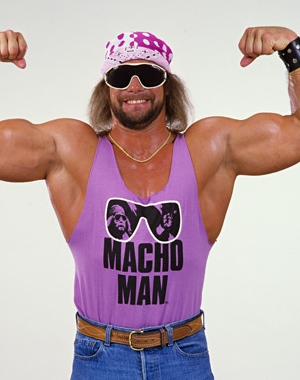|
|---|
Thursday, March 19, 2009

The above excerpt (and pic) was taken from The Cost of Living, a film (and performance) by the British physical theatre company DV8.
I think art is something that makes us look at our lives and to think about them in a way that is more rich. I think there's a big argument for poetry and for the construction of elements. When somebody writes a great essay, they have taken the words and placed them in a certain way to make you think more deeply about that subject. That is for me the very function of art. You get together, you get a group of people, you place things very carefully in order, and the placement is artificial, but if the integrity and the focus is clear, then hopefully it makes people see their roles more clearly. And think about them. And that's what I would like to do.Being honest, good and effective is a rare combination in arts. Most contemporary artists avoid at least one of these concepts: honesty is considered by many as a ridiculous idea from art's perspective, others consider art as being beyond moral issues. But the favorite scapegoat has in the recent years been effectiveness. Many associate it with a commercial, product-based approach that an artist should never accept. Effective, for them, is a synonym for McDonald's. Effectiveness is about price/quality ratio and looking for the best buy. It goes against the spirit of experimental research we are encouraged to follow. Work-in-progress, work-in-process, open art forms and new modes of production are all back. In some milieus it seems impolite to speak of a finished work. This is a twist of the modernist idea of the "independent" artist, and a curious travesty of the fin-de-siècle artist enclosed in his universe and refusing to give in to the evil, ignorant and lost society. In this updated version, the artist retains the independent status, while accepting a parallel funding of his work. If no form of effectiveness is allowed, we can only rely on a funding that is based on some other form of quality. But what is this quality? How far from the spectacular (the show, the product, the work, the to-be-seen) can it go? It is no coincidence that somewhat similarly to the Grotowskis and Allan Kaprows of the 70s, several contemporary artists decided recently to stop showing their work (or creating any sort of showable work, which amounts to the same). The difference seems to be in how one sees one's position in the world. While Grotowski and Kaprow moved away to work in relative seclusion from the art milieu (Kaprow concentrated on academic work, but stopped creating public performances). Today, the very shift from product-to-project-to-research is what the milieu is all about.
- Lloyd Newson, DV8 director, in a great interview.
What is left for the spectator?
The spectator can certainly join the ride and follow each artist's struggle.
Or wait and see what happens.
Or appreciate the DV8s that go on believing art can be good, and honest - and effective.
Labels: performing
0 Comments:
Subscribe to:
Post Comments (Atom)














